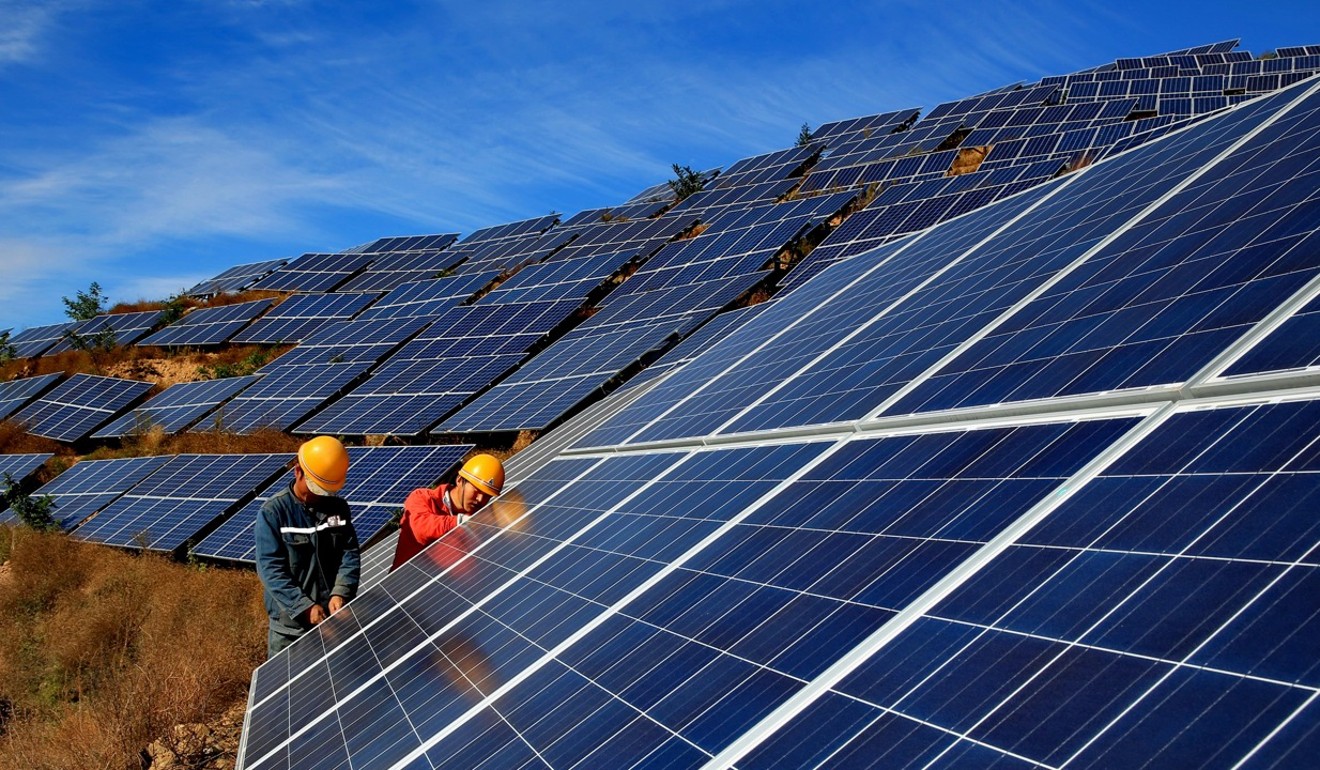
China’s spending on research and development up 14pc in 2017 to US$279 billion, science minister says
Three-quarters of spending coming from enterprises, as China seeks to ‘enter the ranks of innovative countries’, Wan Gang says
China’s total spending on research and development is estimated to have hit 1.76 trillion yuan (US$279 billion) last year, the nation’s science minister said on Monday, a year-on-year increase of 14 per cent.
“China needs to enter the ranks of innovative countries and become a big technological innovation power by 2050,” minister Wan Gang told a media briefing.
“Basic research and frontier exploration is the big lesson that must be done now,” he said.
Based on current calculations, about 77 per cent of the spending in the year was contributed by enterprises, he said.
China ranked second in the number of international papers and citations, while leading other countries in the number of patents and patent applications, he said.
The country has been trying to ease its dependence on low-end heavy industries, and develop less-polluting ways to promote economic growth and move up the global value chain.
The 2017 spending amounts to about 2.1 per cent of gross domestic product, Reuters calculated. This compares with about 2.8 per cent in the United States, 2.9 per cent in Germany and 3.3 per cent in Japan, World Bank data for 2015 shows.
China’s annual R&D spending has risen 70.9 per cent from 2012, Wan said.
The country aims to increase its annual per capita spending on R&D to 500,000 yuan by 2020 from 370,000 yuan in 2014, according to the 13th five-year plan for national science and technology talent development (2016-20).

China has established dozens of new hi-tech industrial estates and incubators aimed at promoting technologies such as artificial intelligence, robotics and big data.
It is also investing heavily to dominate industries such as nuclear and renewable energy, high-speed trains and electric vehicles.
Wan said that China was aiming to bring output of electric vehicles up to two million units by 2020, double the forecast for this year.


